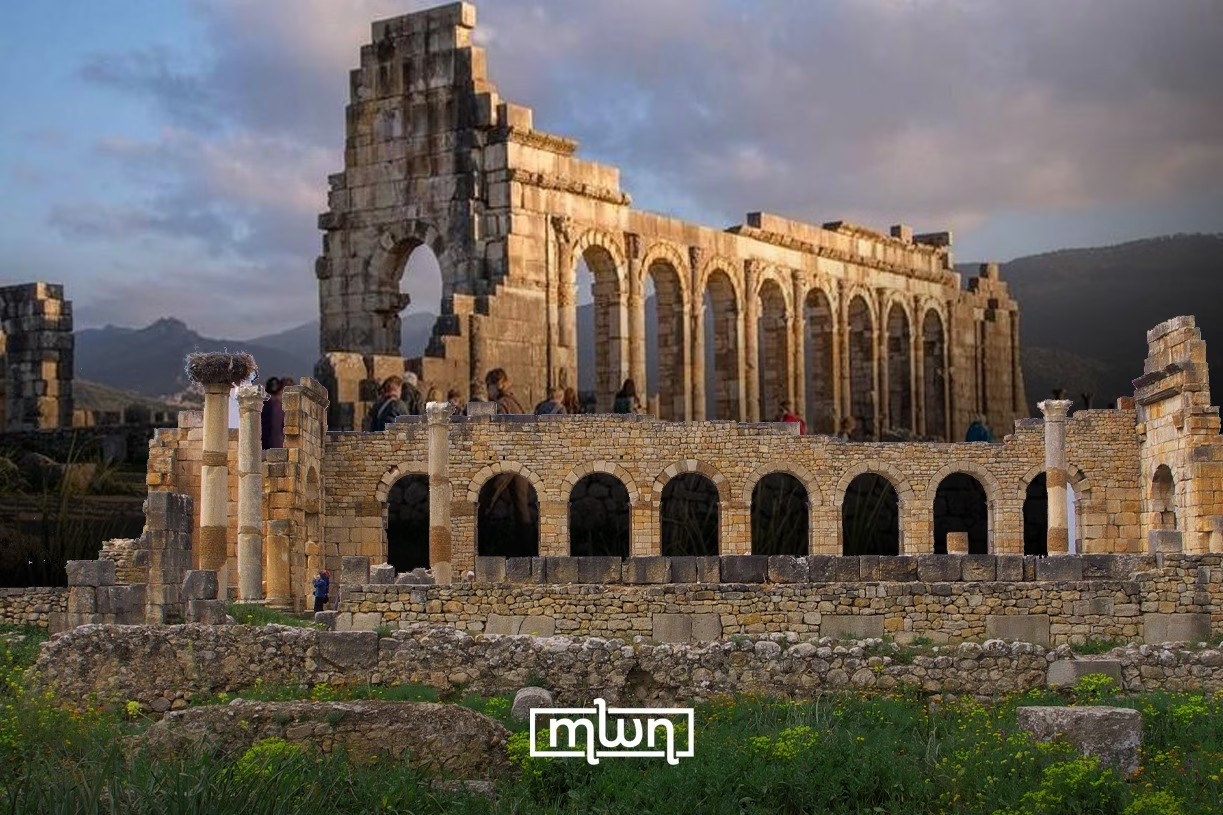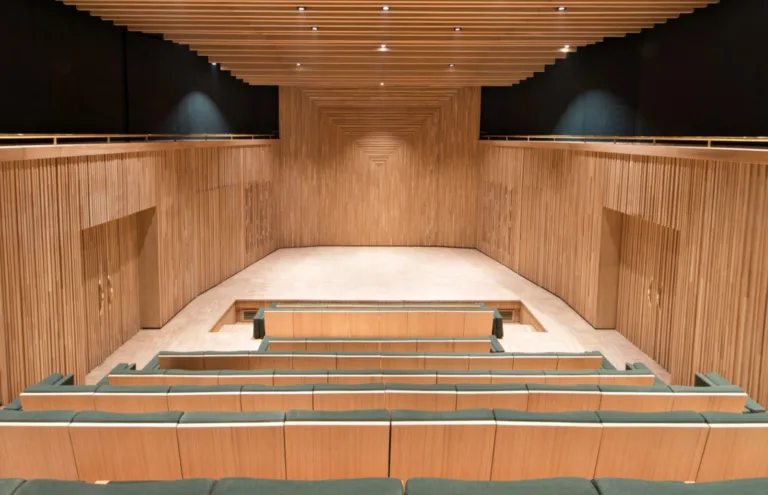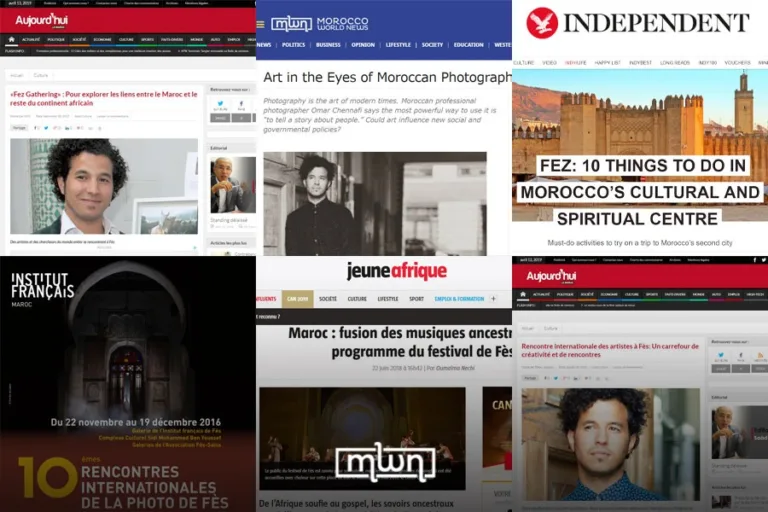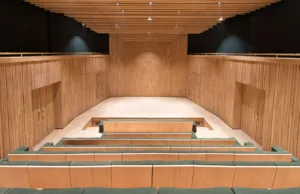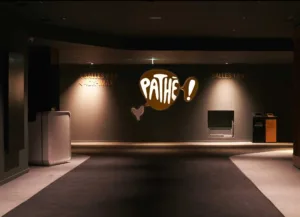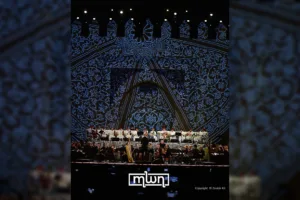Volubilis may be in ruins, but its legacy remains larger than life.
Fez – Tucked between the mountains of Zerhoun and the fertile valleys of northern Morocco lies Volubilis, a name that might sound like a fantasy kingdom, but is, in fact, one of the most impressive historical sites in the country.
Just 3 kilometers from Moulay Idriss Zerhoun, 30 km from Meknes, and around 60 km from Fez, this ancient city has seen it all: empires, conquests, and cultures layered like geological time.
Let’s start with the name. “Volubilis” actually comes from the oleander flower, locally called “oualili” yes, the same pink bloom you see everywhere in Morocco, looking pretty but secretly toxic.
Now for the history buffs: Volubilis was a thriving Roman outpost built in the early centuries of the Common Era.
Historians trace its roots back to around the 1st and 2nd centuries AD, under the rule of Emperor Caligula.
It all kicked off when the Romans swooped in after the death of Ptolemy, son of the Berber King Juba II.
Rome, being Rome, decided this fertile patch of land was perfect for wheat, olive oil, and empire-building.
Today, what’s left of Volubilis still stuns. You’ll find a triumphal arch built under Emperor Caracalla, the grand basilica (a fancy Roman courthouse, not a church), intricate mosaic-covered houses, and remnants of temples, baths, and aqueducts.
The city wasn’t just a random settlement; it was the Roman capital of the province of Mauretania Tingitana.
Its strategic location and natural abundance, fertile land, water sources, and natural beauty, made Volubilis irresistible.
No wonder UNESCO declared it a World Heritage Site in 1997.
One of the most fascinating features is the city wall built by Emperor Marcus Aurelius between 168 and 169 AD.
With eight monumental gates and defensive towers, the 2,000-meter-long wall was more than just bricks, it was a message: “We’re here to stay.” Spoiler alert: they didn’t stay forever.
After the Romans came the Idrisids, who brought Islam and new architectural layers, turning the area into a spiritual landmark. It’s a history lesson with real-world ruins to back it up.
Tourists today come from all corners to walk the same paths ancient Romans once did.
Key highlights include the House of Orpheus, the House of the Labors of Hercules, and the beautiful Venus House, all with vivid mosaic floors that somehow survived time, weather, and the occasional selfie stick.
Volubilis offers a slice of the past with just the right touch of mystery.
Read also: Cannes Film Festival Bans Nudity and Oversized Outfits on the Red Carpet

